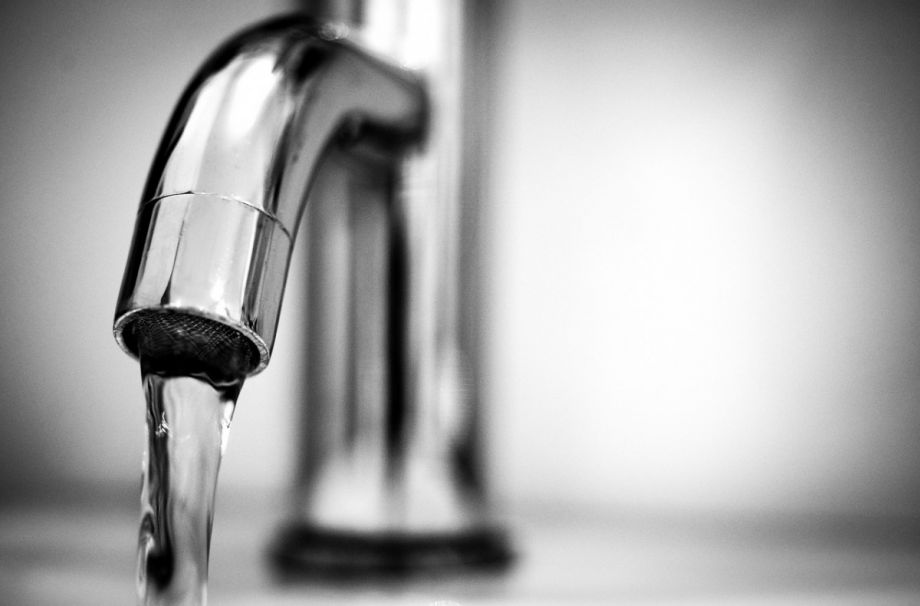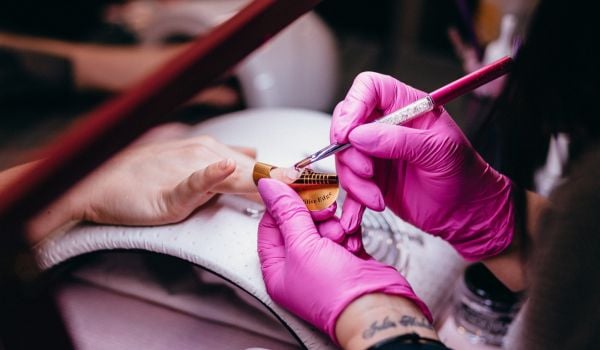When Flint, Michigan’s poisoned tap water started making headlines in 2015, many U.S. cities started to consider what they needed to do to prevent a similar disaster. While that crisis has yet to be resolved and charges were brought against Michigan officials over deaths related to the water, which was contaminated with lead and other toxins, government leaders across the country have been examining their municipal water lines. As with Flint, what they see are old, outdated pipes.
In late November, New York Governor Andrew Cuomo announced the state would award funds to replace lead water lines in several midsize cities. And despite what that might look like, according to Albany Water Commissioner Joseph Coffey, there’s no cause for alarm.
“We don’t want people panicking just because money is available,” he says.
Albany is set to receive more than $500,000 for pipe replacement in residential areas, comparable to the sum awarded to neighboring capital region cities of Troy and Schenectady. But while cities were selected based on level of risk of lead levels in the drinking water, the funding is meant to be preventative, not reactive. Coffey says that like many Northeast cities, Albany suffers from aging infrastructure, with much of the piping dating back to the 1820s. Cuomo’s program, part of the Clean Water Infrastructure Act of 2017, prioritizes cities that have a large portion of the housing stock from before 1930, low median household income and children with elevated lead levels in their blood.
According to Coffey, this is truly a case of better safe than sorry. Like many cities, Albany has been doing a lot to mitigate lead in drinking water: Since 1991, it has implemented a corrosion control program, adding lime to the water. Combined with sand filtration, chlorination and ultraviolet light treatment, the approach works to achieve a positive Langelier Index, depositing a coating on the cast iron pipes and minimizing the potential for lead to leach out.
Albany also tests for lead in homes every three years. The last test was in 2016, when according to Coffey, 90 percent of samples were below 8.5 parts per billion. The threshold for treatment is 15 parts per billion, although Coffey notes that “no amount of lead is considered safe.”
Coffey says that Albany has yet to develop a work plan outlining how they will use the state funds, but that they have a few ideas.
They may be able to expand lead testing so that those households with higher lead levels will be able to apply for piping replacement. They also may partner with the city’s office of Housing and Community Development to piggyback on programs for low-income homeowners to replace their piping first.
Whatever the process, Coffey says the city will make sure to replace entire service lines, not just portions, in order to reduce the risk of lead leaching into the water during construction. While they haven’t developed a plan yet of how to determine which households to prioritize, Coffey says residents are eager for the opportunity to capitalize on the program.
“As soon as [the governor’s announcement] was in the newspaper, we had people calling, saying, ‘hey can we apply to get our line done?’” he says.
Regardless of where they begin, the funding will just be a start. Coffey says it takes between $2,500 and $5,000 to completely replace the service lines for a single residence. With the money that the city was awarded, Albany would be able to cover about 166 homes. Coffey estimates there are over 15,000 residences with lead service lines in the city.
As Next City has reported, Lansing, Michigan, is one of the few cities in the country that embarked on a complete overhaul of service lines. It spent $42 million over 10 years to replace 14,000 city pipes. Funding came from a water rate hike, not a state program like Cuomo’s.
In New York, the Hudson Valley cities Poughkeepsie, Newburgh, Kingston and Middletown each received comparable grants, as well as Utica, Gloversville, Binghamton and Elmira.

Nina Feldman is an independent journalist focused on audio production. She worked as a regular contributor to NPR member station WWNO in New Orleans and as editor at American Routes. Her work has also appeared on Marketplace, Morning Edition and PRI's The World.
















